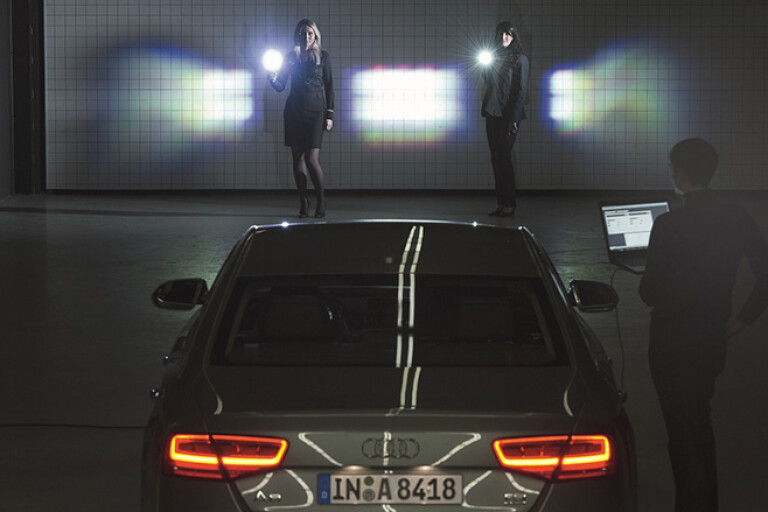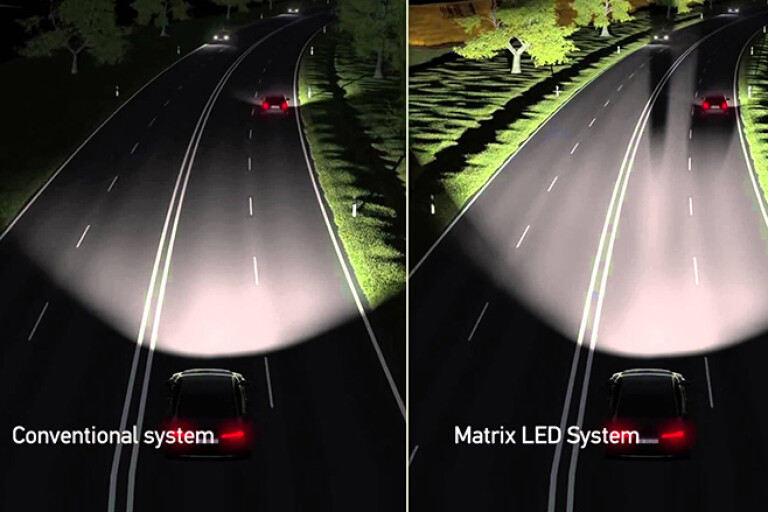
Snapshot
- Toyota filed a petition to allow adaptive high-beam in 2013
- The technology has been in use in Australia, Europe and Japan for a decade
- But it fell foul of US rules pertaining to maximum low-beam strength
American regularity bodies aren't generally known for their expeditiousness. However, even the most fastidious bureaucrat would have to concede that nine years is a long time to approve vehicle technology that has been in use overseas for a decade.
That's how long it took the National Highway Traffic Safety Administration (NHTSA) to hand down a final ruling that will allow car manufacturers to introduce adaptive driving beam headlights on new vehicles in the United States, as reported by Reuters.
The long-awaited decision comes almost a decade after Toyota filed a petition to allow the technology, which automatically adjusts LED headlights so they can provide more illumination without dazzling oncoming motorists.

The ruling allowing the technology, handed down on February 15, actually came as a surprise to many as it was before the November 2023 deadline set for the NHTSA to make up its mind.
Not to be confused with auto-high beam, which dips the lights when a vehicle is approaching, high-tech adaptive driving-beam headlights have been permitted in Europe for more than a decade and are also approved here in Australia, Japan, Canada and other countries and are becoming increasingly popular in mainstream models.
However, they ran afoul of the US rule pertaining to maximum levels for lower beams.

The NHTSA conceded the new rule "will improve safety for pedestrians and bicyclists by making them more visible at night, and will help prevent crashes by better illuminating animals and objects in and along the road."
According to Reuters, NHTSA data shows about 72 per cent of pedestrian fatalities and 51 per cent of driver fatalities in the US occur at night despite accounting for just 25 per cent of vehicle miles travelled.
Adaptive driving beam headlights explained
Also known as selective high-beam, or Matrix LED by Volkswagen, adaptive driving beam technology uses dozens of light-emitting diodes in each headlamp that each light up a very small section of the road ahead.

All of them on at the same would provide maximum illumination, but with the use of sensors, the light pattern can be finally adjusted so individual LEDs will turn on or off to ensure they do not dazzle other drivers.
The light output of each individual LED can be varied. That means a portion of the road ahead can be lit dimly rather than darkened entirely, or illuminated even more brightly to draw the driver’s attention to that particular area.
As the above image shows, the light can be shone on either side of a vehicle travelling in front.
Click here to find out more.
COMMENTS